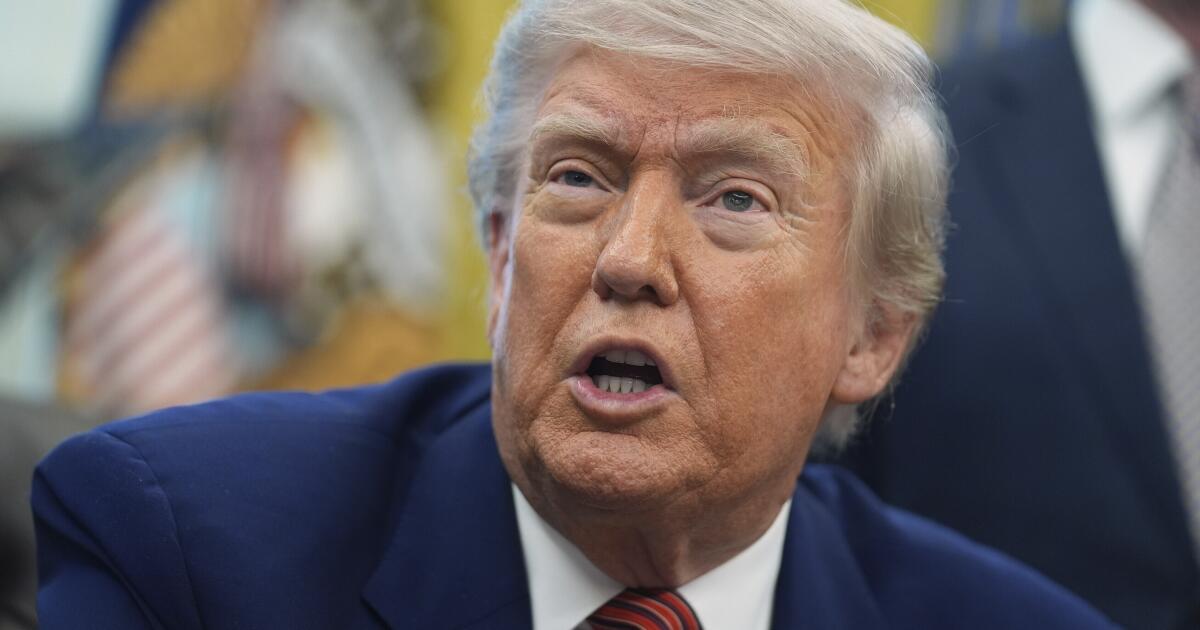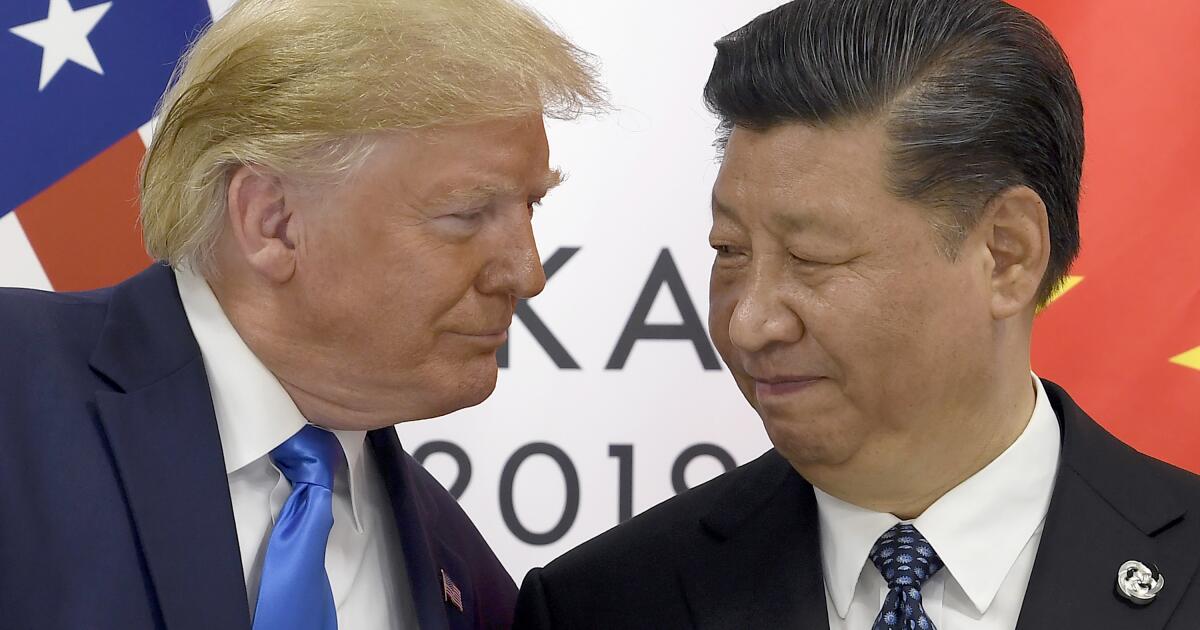President Trump announces trade deal with Vietnam that will let U.S. goods into the country duty-free
WASHINGTON — President Trump announced a trade deal with Vietnam on Wednesday that would allow U.S. goods to enter the country duty-free.
Vietnamese exports to the United States, by contrast, would face a 20% levy.
On his Truth Social platform, Trump declared the pact “a Great Deal of Cooperation between our two Countries.’’
In April, Trump announced a 46% tax on Vietnamese imports — one of his so-called reciprocal tariffs targeting dozens of countries with which the United States runs trade deficits. Trump promptly suspended the reciprocal tariffs for 90 days to allow for negotiations like the one with Vietnam. The pause expires Tuesday, but so far the Trump administration has reached a trade agreement with only one of those countries — the United Kingdom. (Trump has also reached a “framework’’ agreement with China in a separate trade dispute.)
“Vietnam has been very keen to get out from under this,’’ said Mary Lovely, senior fellow at the Peterson Institute for International Economics. “This is forcing a smaller country to eat it, basically. We can do that. It’s the big countries that everybody’s keeping their eyes on.’’ She doubts that Trump will be able to impose such a lopsided agreement on big trading partners such as the European Union and Japan.
The United States last year ran a $122-billion trade deficit with Vietnam. That was the third-biggest U.S. trade gap — the difference between the goods and services it buys from other countries and those it sells them — behind the ones with China and Mexico.
In addition to the 20% tariffs, Trump said the U.S. would impose a 40% tax on “transshipping’’ — goods from another country that stop in Vietnam on their way to the United States. Washington complains that Chinese goods have been dodging higher U.S. tariffs by transiting through Vietnam.
A February study in the Harvard Business Review found that there was “much less rerouting than previously believed.’’
In May, Vietnam approved a $1.5-billion project by the Trump Organization and a local partner to build a massive golf resort complex near Hanoi, covering an area roughly the size of 336 football fields.
Vietnam was a beneficiary of American efforts to counter China’s influence. Companies looking to diversify supply chains away from China flocked to Vietnam.
In 2023, it became the only country to host both former President Joe Biden and Chinese leader Xi Jinping on state visits. That year, the U.S. upgraded Vietnam to its highest diplomatic status — comprehensive strategic partner — placing it on par with China and Russia.
Wiseman and Ghosal write for the Associated Press. Ghosal reported from Hanoi, Vietnam.

